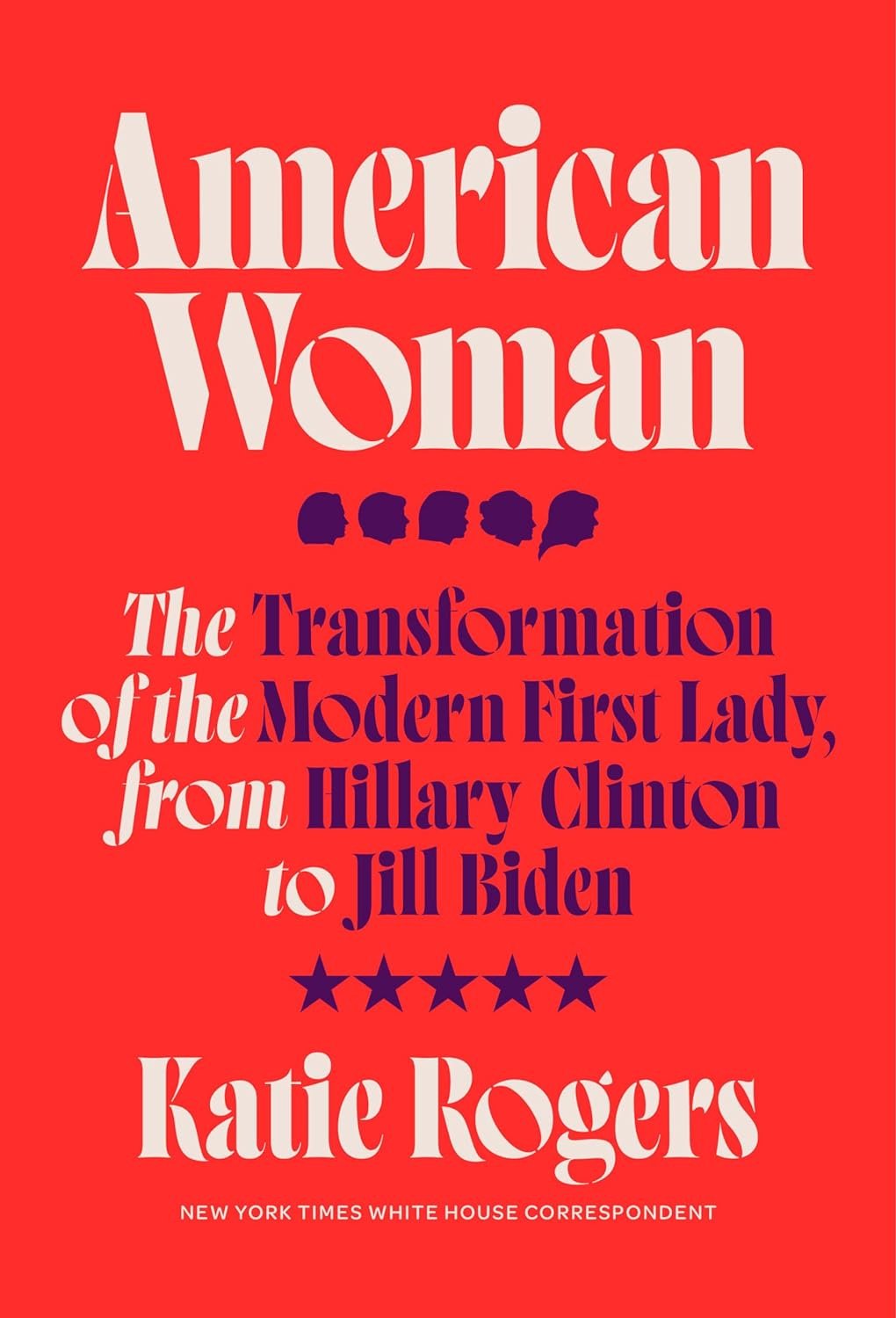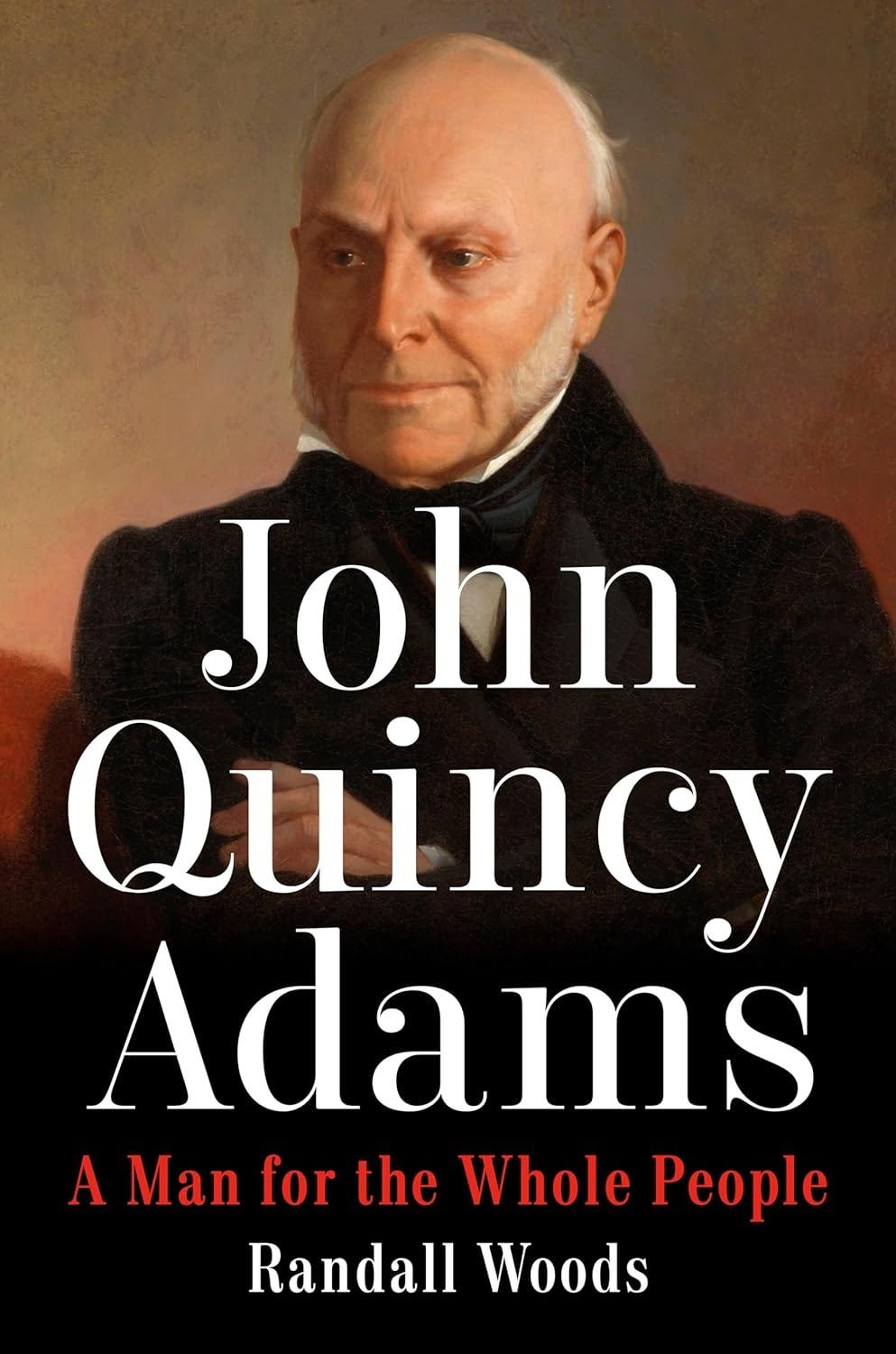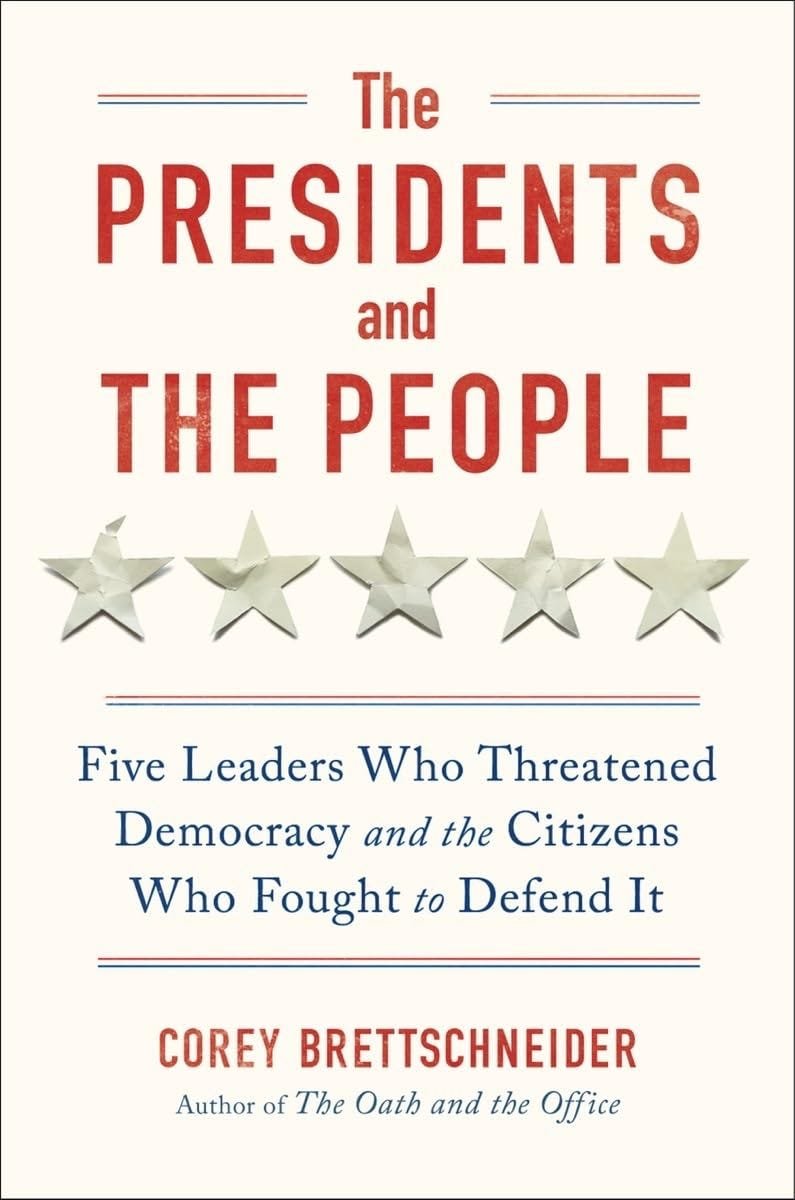The Insurrection Act
January 2024 Imperfect Union
Welcome to 2024! We’ve been here for two weeks, but today’s newsletter is my first opportunity to wish you a happy new year. I want to provide some historic perspective for a term you are likely to hear bandied about a lot in the next twelve months—the Insurrection Act.
You’ve probably heard the Insurrection Act mentioned a lot lately. It came up in 2020 because then-President Trump wanted to invoke it against protestors. It has also come up recently because of Trump’s reported plans on day one to invoke the Insurrection Act. Given that this topic isn’t going away any time soon, I thought it would be helpful to provide a primer of what the heck it is and the historic origins and uses.
The Insurrection Act can be confusing for a couple of reasons. 1) It is often discussed in relation to the Posse Comitatus Act and martial law. I’ll explain the relationship between the three below. 2) The Insurrection Act has three separate parts for very different purposes. 3) The Insurrection Act has been invoked repeatedly in the past. Some of the uses we’d consider to be quite nefarious in the twenty-first century, while others we’d consider to be a morally acceptable use of these presidential powers. It can neither be categorized as uniformly good or bad (a nuance which our society handles so well today [insert melty face emoji here] - Substack doesn’t have emojis, so you’ll just have to use your imagination).
Ok, first some explanations:
The Posse Comitatus Act: Posse comitatus is a fancy Latin phrase that essentially means “power of the community” or “power of the guard.” In American legal context (and British law, which it originated) posse comitatus is a group of people deputized by a sheriff or some form of law enforcement authority to help suppress lawlessness. They were often used out west against Native Americans, bandits, etc. and in the South to quash slave rebellions.
The Posse Comitatus Act prohibits the use of federal troops from enforcing civilian law unless expressly authorized by law. It was passed in 1878 as white supremacists returned to Congress. As Reconstruction died, southerners in Congress wanted to prohibit the federal government from enforcing civil rights with military force, as it had done under President Ulysses S. Grant in the 1870s. Although it has an unfortunate origin story, the principle is consistent with our tradition of a civil-military divide. Most Americans have generally agreed for most of our history that the military should not interfere with civilian government. This principle is also intensely cherished by the military today. This conversation on “The Role of the Military in a Democracy” explores these principles and is excellent.
The Insurrection Act: The Insurrection Act is basically the legal exception. The invocation of the Act temporarily suspends the Posse Comitatus Act. Although, it should be noted that a version of the Act has been on the books since 1792, long before the Posse Comitatus Act was passed. The Act gives the president the power to deploy the military within the confines of the United States and to use its powers against Americans until specific conditions. (We’ll talk more about those below). The purpose is for the military to assist civilian authorities with law enforcement when those civilian authorities cannot adequately enforce the law on their own.
One quick note here: there are instances in which the president can deploy the National Guard to help with other emergencies (like fires, earthquakes, and public health crises). In these instances, the troops do not have law enforcement authority. Many of these powers are articulated under the Stafford Disaster Relief and Emergency Assistance Act (which was passed in 1988, though Congress passed earlier versions in 1950 and 1974).
Martial Law: Unlike the Insurrection Act and Posse Comitatus, martial law isn’t defined or created by one act. In fact, there is no single accepted definition. But generally, it means when the military takes the place of a civilian government and exercises authority over civilians under that government’s jurisdiction. For example, the governor of Kansas could assert martial law over the state using its National Guard, whereas the president could declare martial law over the entire nation. I think courts would find both examples illegal, but hopefully you understand the distinction in terms of jurisdiction. There is no provision permitting the unilateral enforcement of martial law.
We have our terms and hopefully a basic understanding of what they mean and why they exist. Next, it is important to understand the three uses of the Insurrection Act, which are described in three sections.
First, under Section 251, the president can send troops to a state to suppress an insurrection at the request of the state’s legislature or governor (if the legislature is unavailable). This section is the oldest and one we will discuss below with some of the historic examples.
Section 252 and Section 253 empower the president to deploy troops without the state’s request, and even against the state’s wishes.
Section 252 permits deployment to “enforce the laws” or “suppress rebellion” when normal judicial proceedings cannot address the “unlawful obstructions, combinations, or assemblages, or rebellion.”
Section 253 is more complicated. It has two parts. In the first part, it authorizes the president to deploy troops to suppress “any insurrection, domestic violence, unlawful combination, or conspiracy” if it hinders the laws in such a way that a particular class of people are deprived of their rights and protections under the Constitution. (Think of Eisenhower sending the National Guard to Little Rock to enforce desegregation).
The second part says that the president can use armed force to suppress an “insurrection, domestic violence, unlawful combination, or conspiracy” if it “opposes or obstructs the execution of the laws of the United States or impedes the course of justice under those laws.”
Here’s why that’s complicated. What counts as a conspiracy? Under the broad terms of the law as its currently defined, two people conspiring to break a federal law would permit the president to use military force. Even the most ardent supporters of expansive presidential power would surely blanche at that use.
We have our definitions and explanations of the clauses. Hopefully you are still with me. Let’s talk about the history. The Brennan Center offers an incredibly helpful chart detailing all the instances in which a president has invoked the Insurrection Act. I want to highlight four examples that demonstrate the complexity of this Act in the last 230 years.
The first version of the Insurrection Act was called the Militia Act and it was passed in 1792. It looked a bit different than it does today. It said that the president could call up the states’ militia in the event of an imminent invasion by a foreign power or Native nation. Additionally, the president could summon the militias if federal law was obstructed by “combinations too powerful” for normal judicial proceedings to manage. In other words, if a rebellion could not be suppressed by traditional means, then the president could summon the militias.
However, the president first had to issue a proclamation demanding insurgents “disperse, and retire peaceably to their respective abodes, within a limited time.” Furthermore, “an associate justice or the district judge” was required to notify the president of this “combination.” In practice, that meant that a justice or district judge had to certify that the threat was indeed worthy of federal force.
In 1794, the Militia Act was put to the test. Protests in western Pennsylvania over a whiskey excise tax turned violent that summer, when the protestors exchanged gunfire with federal officials and burnt the home of a federal tax collector. President George Washington issued the requisite proclamation, and sent a delegation to meet with the protestors and seek a peaceful solution. While the delegation negotiated with the leaders of the rebellion, Attorney General Edmund Randolph met with Supreme Court Justice James Wilson. Randolph shared evidence of the rebellion and secured Wilson’s approval to use federal force. When the delegation failed, as Washington fully expected it to do, the president issued orders summoning local militias from nearby states.
In early October 1794, Washington rode west from Philadelphia and met up with the militias in Carlyle, Pennsylvania. He conducted a review of the troops and then turned around and returned to Philadelphia. He did not lead troops into battle (which some accounts get wrong). The militia marched farther west under the command of Alexander Hamilton and Henry “Light Horse Harry” Lee (Robert E. Lee’s father). The rebellion quickly disintegrated. The militia arrested as many agitators as it could find, but most of the cases were dismissed due to lack of evidence. Washington ultimately issued pardons for the rebels who were convicted. You can read more about this episode in chapter seven of The Cabinet (my first book).
Just a reminder, Washington didn’t actually lead troops in battle. There is also no evidence he wore a uniform.
Just a few years later, President John Adams also deployed troops under the Militia Act. In February 1799, a small collection of communities in Bucks, Northampton, and Montgomery counties (Pennsylvania), peacefully resisted the assessment and collection of a new dwelling tax, which Congress has passed the previous summer. One of the leaders, John Fries, ensured that none of the tax collectors came to any personal harm, though they were subject to some particularly colorful threats. When some of the resistors were arrested, a group of veterans, led by Fries’s marched on the local tavern where their neighbors were held. They negotiated their release and returned home.
Grossly exaggerated reports of the resistance made their way to Philadelphia, where John Adams was preparing to leave for his summer visit to Quincy. Adams issued a proclamation and authorized his Secretary of War, James McHenry to use force. After reading the proclamation, the protestors went home and declared they would remain peaceful (unlike the Whiskey Rebellion five years earlier). Nonetheless, McHenry called up the militia and sent a military force to arrest anyone affiliated with the rebellion. Fries and several others were convicted of treason, though pardoned by President Adams the following year. To read more about this episode, check out my forthcoming book, Making the Presidency.
These two instances, similar at first glance, and only a few years apart, demonstrate how the Militia Act (now the Insurrection Act) needed additional specification from the very beginning. In my assessment, Washington’s use of force was probably justified. Pennsylvania forces had shown little interest in crushing the rebellion, which was actually preventing the collection of a federal tax. The principle of tax collection needed defending. It was the first real tax levied by the federal government through constitutional means and the government had to prove that it had the right to pass and collect a tax. If the federal government had acquiesced in the face of resistance, it would have had no way to raise funds. All governments need funds to conduct diplomacy, defend its borders, and pay its debts. Washington’s pardons demonstrated that the prosecution was less about the punishment and more about the principle.
On the other hand, Adams accepted the reports of Fries’s Rebellion at face value and immediately resorted to military force. On one hand, Washington had already done so, and Adams worried about looking weak in comparison. On the other hand, the situation required more investigation. Now ultimately, no one was killed, and Adams issued blanket pardons, just as Washington had done. So I suppose you could say, relatively little harm, relatively little foul. However, the Militia Act (and now the Insurrection Act) should probably have required more fact-finding and deliberation before resorting to force.
The next example occurred in 1871. That spring, Congress amended the Insurrection Act to give the president power to specifically combat the threat of the Ku Klux Klan. After issuing several proclamations demanding the terrorists cease their campaign of threat and intimidation—with no results—President Ulysses S. Grant suspended the writ of habeas corpus in ten counties in South Carolina. By the end of the year, more than 600 Klansmen were arrested. Although many of the Klan leaders fled to avoid capture, the campaign significantly reduced racial violence in South Carolina, at least for the time being.
The final episode occurred in May 1992, when President George H.W. Bush deployed troops to Los Angeles to quell violent protests over the brutal beating of Rodney King at the hands of four white Los Angeles Police Department officers. [My original post stated that King had died. That was just poor writing on my part.] Bush dispatched federal forces at the request of Governor Pete Wilson, even though California National Guard troops had mostly restored order. Studies of the local, state, and national response in the years since have largely concluded that the police were wildly underprepared for the riots, the National Guard were the best trained for the situation and most instrumental in restoring order, and the federal forces were largely just extra backup.
The 1992 invocation was the last time a president has deployed military forces under the Insurrection Act; this stretch is the longest time between presidential invocations of the Act.
The president’s authority under the Insurrection Act is nearly unchecked. In theory, courts could hold the president in violation of the Insurrection Act, but that decision would not come until after the damage was already done. A revamp of the law is long overdue, if unlikely, given that our Congress can’t even pass a budget.
I hope this overview is helpful. If you have questions, please leave them in the comments below and I’ll do my best to answer them or find someone who can!
An important disclaimer: I am not a lawyer and I do not play one on Substack. Instead, I owe much of my analysis to the Brennan Center, which produces incredible resources to help us non-lawyers navigate legal waters. In particular, I read about a billion articles by Joseph Nunn and applaud his accessible writing style. That being said, I’m a big believer that some things in our system (like the Constitution) don’t belong to lawyers alone. So take that.
Books:
Currently Reading: Our Ancient Faith: Lincoln, Democracy, and the American Experiment by Allen C. Guelzo (February 6, 2024)
Up Next: American Woman: The Transformation of the Modern First Lady, from Hillary Clinton to Jill Biden by Katie Rogers (February 27, 2024)
Coming Soon: John Quincy Adams: A Man for the Whole People by Randall Woods (June 25, 2024)
On the Horizon: The Presidents and the People: Five Leaders Who Threatened Democracy and the Citizens Who Fought to Defend It by Corey Brettschneider (July 2, 2024)








